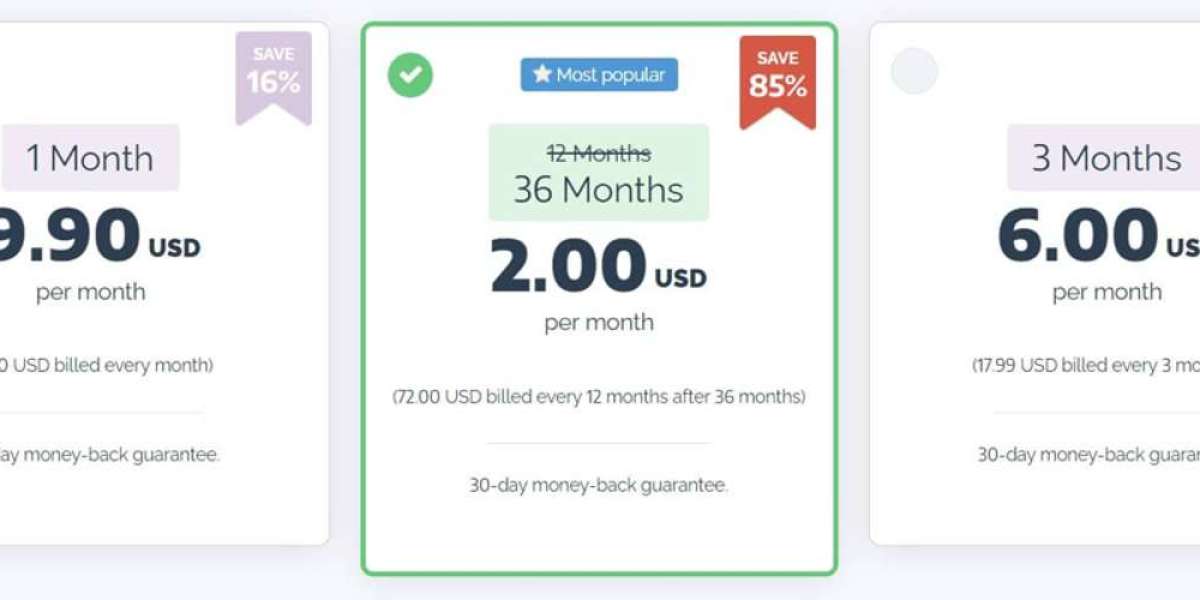It's been a number of days since DeepSeek, a Chinese artificial intelligence (AI) company, rocked the world and global markets, sending American tech titans into a tizzy with its claim that it has actually developed its chatbot at a small fraction of the expense and energy-draining data centres that are so popular in the US. Where companies are pouring billions into going beyond to the next wave of expert system.
DeepSeek is all over today on social media and is a burning subject of discussion in every power circle in the world.

So, what do we understand now?
DeepSeek was a side project of a Chinese quant hedge fund firm called High-Flyer. Its cost is not just 100 times less expensive however 200 times! It is open-sourced in the true meaning of the term. Many American companies try to resolve this issue horizontally by developing bigger information centres. The Chinese companies are innovating vertically, using new mathematical and engineering approaches.
DeepSeek has now gone viral and is topping the App Store charts, having vanquished the formerly undeniable king-ChatGPT.
So how precisely did DeepSeek handle to do this?
Aside from more affordable training, not doing RLHF (Reinforcement Learning From Human Feedback, a machine knowing method that utilizes human feedback to improve), quantisation, and caching, where is the decrease originating from?
Is this because DeepSeek-R1, a general-purpose AI system, isn't quantised? Is it subsidised? Or is OpenAI/Anthropic just charging excessive? There are a couple of fundamental architectural points intensified together for big savings.

The MoE-Mixture of Experts, an artificial intelligence strategy where multiple professional networks or learners are used to separate an issue into homogenous parts.
MLA-Multi-Head Latent Attention, probably DeepSeek's most crucial innovation, to make LLMs more effective.
FP8-Floating-point-8-bit, an information format that can be utilized for training and reasoning in AI models.

Multi-fibre Termination Push-on ports.
Caching, kenpoguy.com a procedure that shops multiple copies of information or files in a short-term storage location-or cache-so they can be accessed much faster.
Cheap electrical power
Cheaper supplies and expenses in general in China.
DeepSeek has likewise pointed out that it had actually priced earlier versions to make a small revenue. Anthropic and OpenAI had the ability to charge a premium given that they have the best-performing models. Their consumers are likewise mostly Western markets, which are more upscale and can manage to pay more. It is also important to not ignore China's goals. Chinese are understood to sell products at incredibly low prices in order to weaken competitors. We have previously seen them selling products at a loss for 3-5 years in industries such as solar power and electric vehicles till they have the market to themselves and can race ahead highly.

However, we can not afford to reject the reality that DeepSeek has actually been made at a cheaper rate while utilizing much less electrical power. So, what did DeepSeek do that went so ideal?
It optimised smarter by showing that remarkable software can get rid of any hardware constraints. Its engineers guaranteed that they concentrated on low-level code optimisation to make memory use efficient. These enhancements made certain that performance was not obstructed by chip restrictions.
It trained only the important parts by utilizing a strategy called Auxiliary Loss Free Load Balancing, which guaranteed that only the most appropriate parts of the model were active and upgraded. Conventional training of AI designs generally includes updating every part, including the parts that do not have much contribution. This leads to a substantial waste of resources. This caused a 95 percent reduction in GPU use as compared to other tech giant business such as Meta.

DeepSeek utilized an innovative technique called Low Rank Key Value (KV) Joint Compression to overcome the challenge of inference when it comes to running AI designs, which is highly memory intensive and incredibly pricey. The KV cache shops key-value pairs that are important for attention systems, which utilize up a lot of memory. DeepSeek has actually found a service to compressing these key-value pairs, utilizing much less memory storage.

And now we circle back to the most important element, DeepSeek's R1. With R1, DeepSeek generally cracked among the holy grails of AI, which is getting models to reason step-by-step without relying on massive supervised datasets. The DeepSeek-R1-Zero experiment showed the world something remarkable. Using pure support finding out with thoroughly crafted reward functions, DeepSeek handled to get models to establish sophisticated thinking abilities completely autonomously. This wasn't purely for fixing or prawattasao.awardspace.info analytical; instead, the model organically learnt to create long chains of idea, self-verify its work, and assign more computation problems to harder problems.
Is this a technology fluke? Nope. In fact, DeepSeek could just be the primer in this story with news of numerous other Chinese AI designs appearing to offer Silicon Valley a shock. Minimax and Qwen, both backed by Alibaba and Tencent, are a few of the prominent names that are appealing huge changes in the AI world. The word on the street is: America constructed and keeps structure bigger and bigger air balloons while China simply developed an aeroplane!
The author is an independent journalist and functions author based out of Delhi. Her main areas of focus are politics, social problems, climate modification and lifestyle-related subjects. Views revealed in the above piece are personal and solely those of the author. They do not necessarily show Firstpost's views.








